When we think about expanding deeper into the Solar System, Ceres doesn’t always make the top of the list. Mars takes the spotlight, followed by icy moons like Europa or Titan. But sitting quietly in the asteroid belt, Ceres has been keeping a few secrets – secrets that scientists now believe could play a major role in future space mining and exploration efforts.
Let’s explore what makes Ceres so interesting: how it formed, what it’s made of, and what kind of future it could offer.
How Ceres Formed
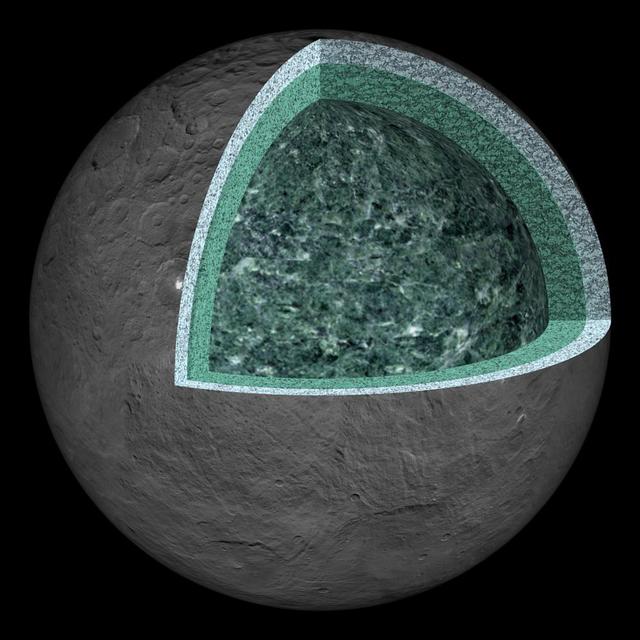
Ceres is the largest object in the asteroid belt between Mars and Jupiter, spanning about 940 kilometers in diameter. Unlike many smaller asteroids, which are just rubble piles, Ceres is a dwarf planet, and it’s differentiated, meaning it has a core, mantle, and crust.
Scientists believe Ceres formed relatively early in the Solar System’s history, possibly even before the planets finished forming. Its makeup is similar to carbonaceous asteroids, containing a mix of hydrated minerals, silicates, carbonates, and water ice. Interestingly, Ceres also shows signs of hydrothermal activity in its past, suggesting that liquid water once flowed beneath its surface, reacting with rock and altering its chemistry.
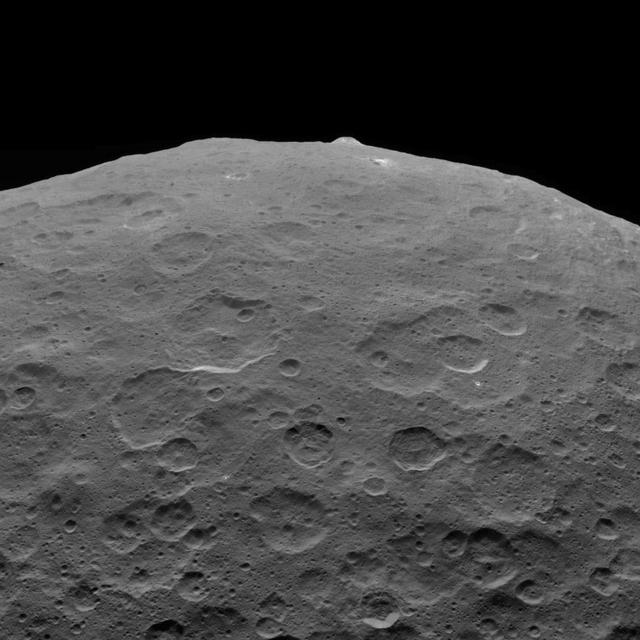
The surface we see today is shaped by millions of years of impacts, freezing and thawing cycles, and gradual outgassing. Features like Ahuna Mons, a massive dome thought to be a cryovolcano, and the dramatic Occator Crater, with its striking bright spots, tell us that Ceres has been anything but geologically dead. In fact, geological activity may still be happening beneath the surface.
What’s Hiding Beneath the Surface: Ceres’ Natural Resources
Thanks to NASA’s Dawn mission, we now have detailed maps and spectral data showing what Ceres is made of, and the news is exciting.
Water Ice
Ceres is rich in water ice. Up to 30% of its mass could be water locked away as ice or bound in minerals. Near the poles and in permanently shadowed areas known as cold traps, ice is stable just below the surface. In some places, Dawn detected patches of exposed ice, possibly revealed by recent landslides or impact craters.
Ammonia and Hydrated Minerals
One of the more surprising discoveries is the presence of ammonia-bearing clays – a type of hydrated mineral. These suggest that Ceres may have formed further out in the Solar System, near the orbit of Neptune, and then migrated inward. The presence of ammonia adds to its value in terms of in-situ resource utilization (ISRU), since ammonia can be used as a nitrogen source for agriculture and even as a rocket propellant.
Organic Material
Perhaps the most attention-grabbing discovery: organic material. In and around Ernutet Crater, scientists found areas enriched with aliphatic organics, which are molecules made of chains of carbon and hydrogen. These organic-rich areas may have formed on Ceres itself, rather than being delivered by a comet or asteroid, and are closely associated with hydrated minerals and carbonates.
Later studies found hints of similar materials in other regions, including near an unnamed crater and within a few dark patches elsewhere on the surface. Some researchers have even suggested the presence of amino acids, although these findings need more confirmation.
Salt Deposits and Brines
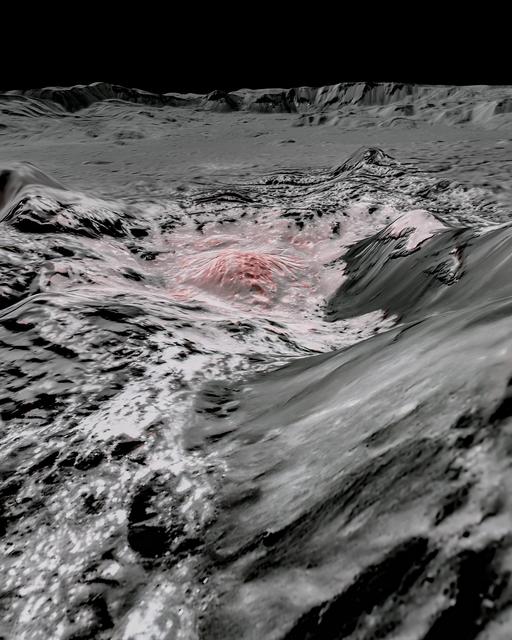
Those bright spots inside Occator Crater turned out to be deposits of sodium carbonate – basically salt. These came from brine that rose to the surface from a deep reservoir beneath the crust, evaporated, and left behind reflective salt crusts. This discovery is key evidence for recent hydrothermal activity, and the size of the deposits suggests the brine could still be present underground.
The central peaks of Occator show the highest concentration of salts, pointing to active or recent upwelling from below. These aren’t just aesthetic features; they’re clues to accessible volatile resources and active geological processes.
Silicates and Construction Material
Ceres’s rocky material could also be valuable. Its surface is a mix of silicates, clays, and other minerals that could be used as construction material. This is especially useful if a colony were ever established: dig up the regolith, process it, and build on-site.
Extracting Resources from Ceres
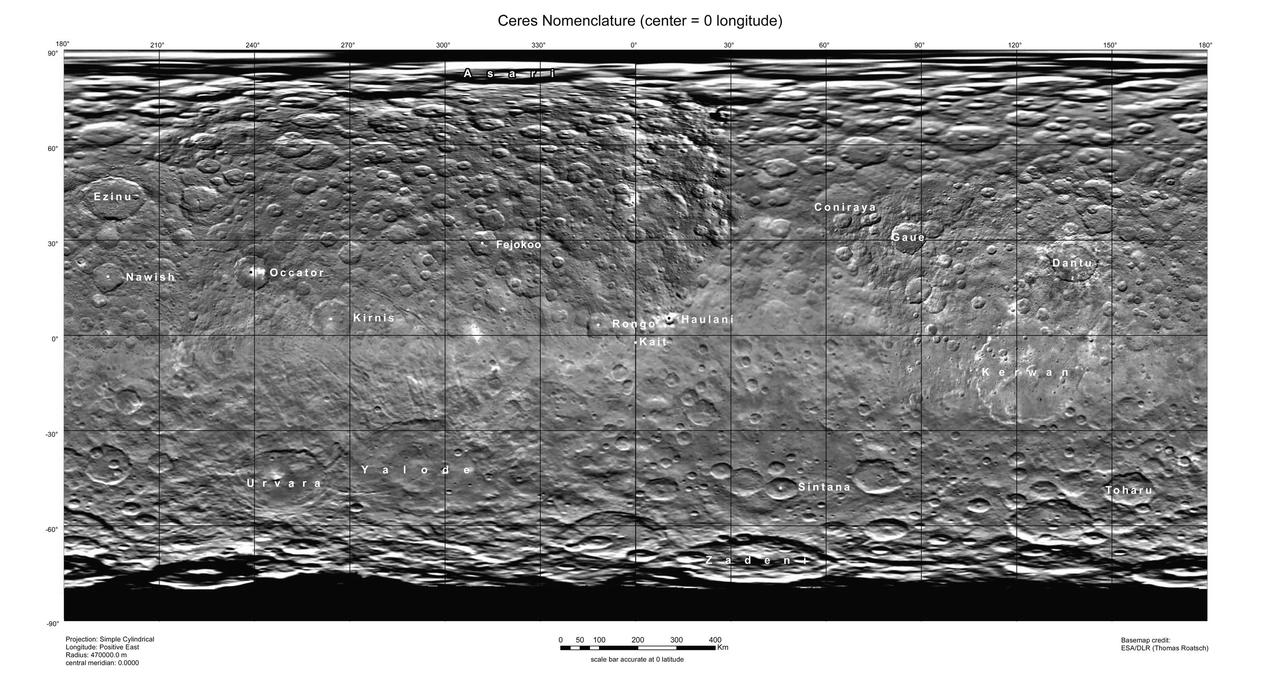
Mining on Ceres wouldn’t be easy, but the conditions are more forgiving than you might expect. With about 3% of Earth’s gravity, moving heavy loads is easier, and the temperatures, though cold, are manageable compared to other deep-space destinations. Still, the low gravity poses challenges. Drilling machines need to be firmly anchored to avoid bouncing off the surface.
Just like on asteroids, drilling can create projectiles that float away, potentially damaging nearby equipment. That’s why engineers are already working on technologies to reduce risk. For example, Honeybee Robotics’ TRIDENT drill is designed for low-gravity environments like the Moon but could be adapted for Ceres. It uses a bite-sampling technique, drilling in small increments and pulling material back up between each cycle to avoid overheating and jamming.
It could also be used in tandem with rovers that carry collected material back to processing stations. Water extraction would likely involve thermal processing – heating regolith to vaporize the ice and capturing the steam for condensation and use. Some areas, like cold traps near the poles, might allow for easier surface scraping and processing, while the deep reservoir under Occator Crater is a more long-term and ambitious target.
Organic and salt-rich material might require chemical extraction or high-temperature processing, depending on the application. The idea is to prioritize resources that support space travel: water for drinking and fuel, ammonia for agriculture or propulsion, and building materials for on-site construction.
Could We Build a Colony on Ceres?
Ceres is far – about 2.8 AU (Astronomical Units) from the Sun – and that distance means long communication delays and less solar energy. Still, it’s not out of reach. In fact, some mission planners argue that Ceres is a logical next step after Mars.
A colony would have to be mostly self-sufficient, relying on local resources. The good news is that Ceres seems to offer almost everything needed:
- Water for drinking, growing food, and making oxygen
- Ammonia for fertilizer or fuel
- Carbonates and organics for chemistry and potentially fuel synthesis
- Rocky materials for building shelters and radiation protection
Power could come from nuclear sources or large solar arrays. And because Ceres’s gravity is low, getting materials into orbit would be energy-efficient. There’s even been speculation about a space elevator – an idea that sounds far-fetched but is theoretically possible due to the dwarf planet’s low escape velocity.
The bigger challenge might be human health. At such low gravity, long-term exposure could cause bone and muscle loss. Solutions could involve spinning habitats for artificial gravity, or keeping stays short until we better understand the biology. There’s also the environmental impact to consider.
Ceres is not just a rock; it’s a body with organic matter, potentially even remnants of past or ongoing chemical evolution. Mining and colonization would need to tread carefully to avoid contaminating these features or losing valuable scientific data.
Why Ceres Matters for the Future?
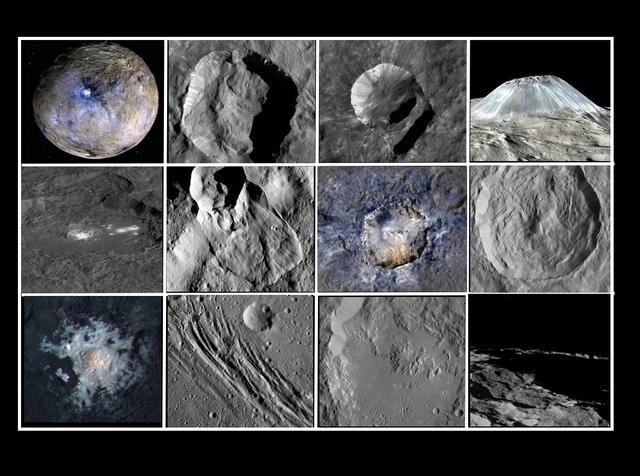
Ceres may not be flashy, but it has a lot going for it. It’s a resource-rich, geologically interesting, and scientifically important body that sits in a strategic location in the Solar System. If we’re serious about building a space-based economy – or even just sending missions beyond Mars – Ceres could become a key logistics hub.
It offers fuel, water, construction materials, and possibly even agricultural inputs, all from a body we’ve already studied up close. And it’s stable – no atmosphere, minimal radiation compared to other deep-space locales, and plenty of space to build.
Plus, as the Dawn mission showed us, it’s full of surprises. Whether it’s aliphatic organics, bright salt flats, or a hidden deep reservoir, Ceres proves that even the quietest worlds can be full of potential.